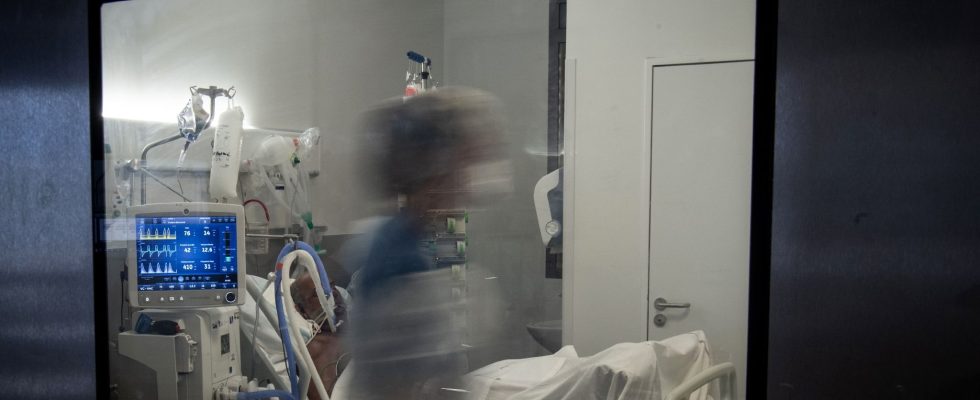What looked like science fiction is slowly becoming reality, or at least possibility. Biological and computer sciences make it possible to envisage, within a reasonable horizon, the creation of complete digital twins. Virtual replicas of an organ or an entire body, these computer twins are developing and could one day encompass the whole human being. The two scientists Peter Coveney and Roger Highfield make us discover, with pedagogy, the expectations of these approaches and the results of the hundreds of millions of dollars that are invested across the globe. Achieving such ambitions would embody a resolutely personalized and predictive medicine.
Geneticists and physicians, in association with data specialists, seek to model and simulate human functioning down to the smallest detail. The medical prospects are considerable. What conditions to anticipate? Which treatments to choose? By reproducing, from virtual combinations of molecules, cells and organs, copies of ourselves, science seeks to duplicate the mechanical, chemical, electrical and organic processes of a body. It is not only a question of reconstituting the human body in general, but the particular body of any individual.
This digital double will not be a guinea pig but rather a mirror from which good or bad health will be reflected. As supercomputers have improved weather forecasting, the marriage of quantum and biotechnology will enable non-intrusive diagnostics and health status projections. Ethical questions quickly arise: what will be done with the information reported in this way? What will insurance and social protection systems take into account and impose?
The human bug will always remain possible
Our two scientists are confined to the subject of advances in knowledge. They observe that, before concerning humans, digital twins are deployed in the industrial world and in that of buildings (with, for example, digital models). On the side of human matter, such creations would make it possible to explore and better understand humanity, in its entirety, and the individual, in its singularity.
From this journey through tissues and organs, passing through the mathematization of life, we will remember that health policies can be reconfigured and that the human bug will always remain possible. Human, posthuman, but actually still human.
Peter Coveney and Roger Highfield, Virtual You, Princeton University Press, 336 p, €29.47.
Three stars
